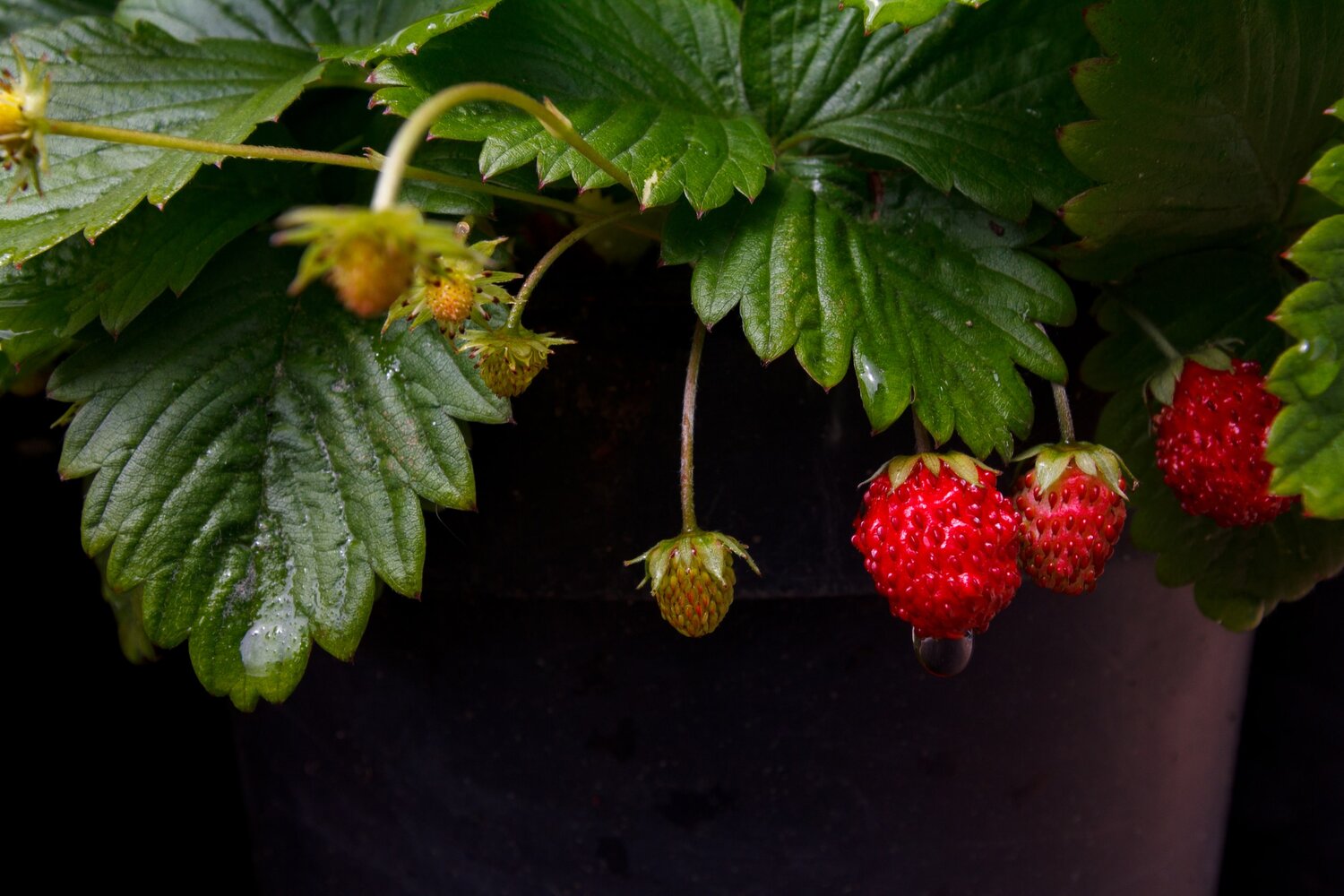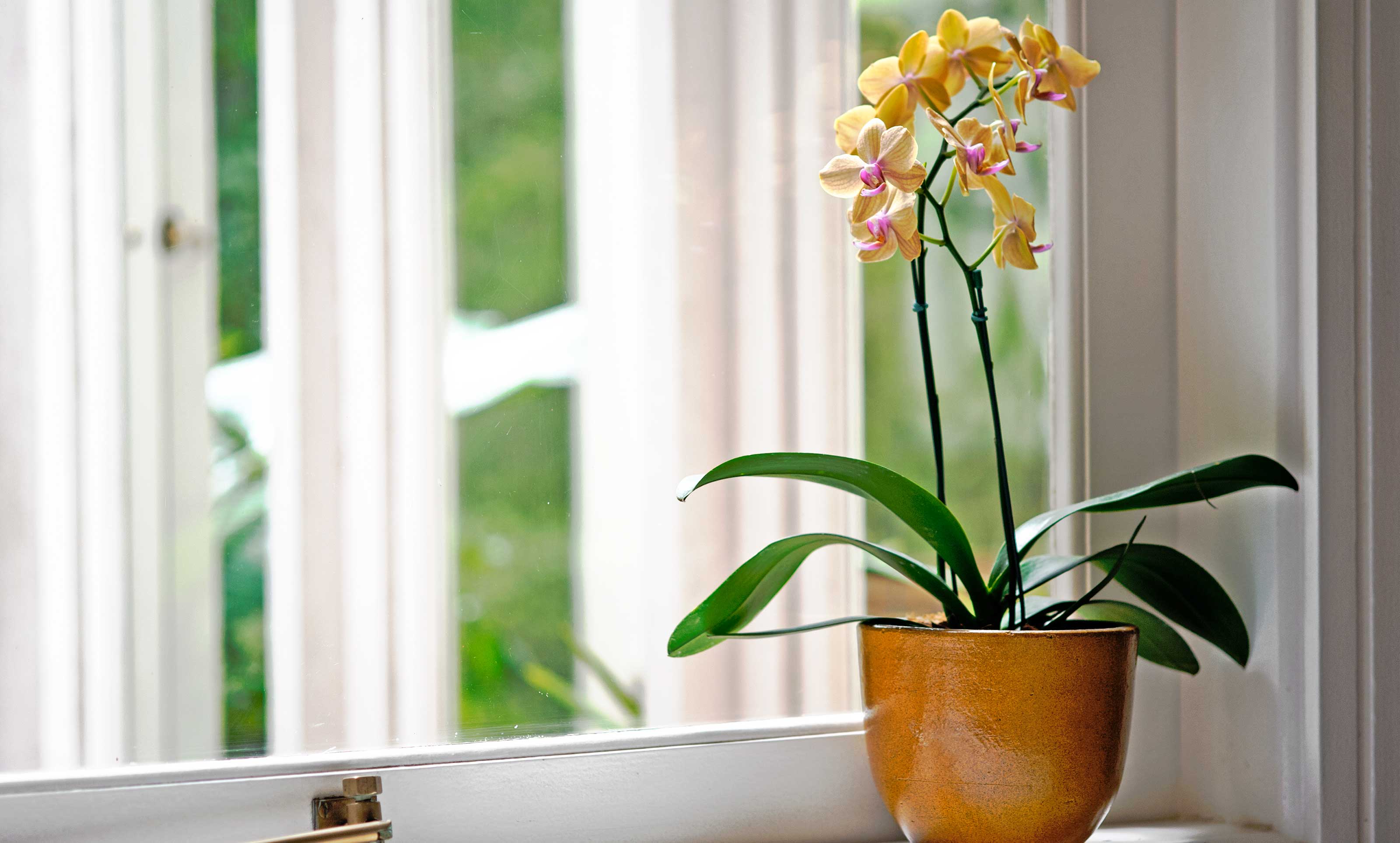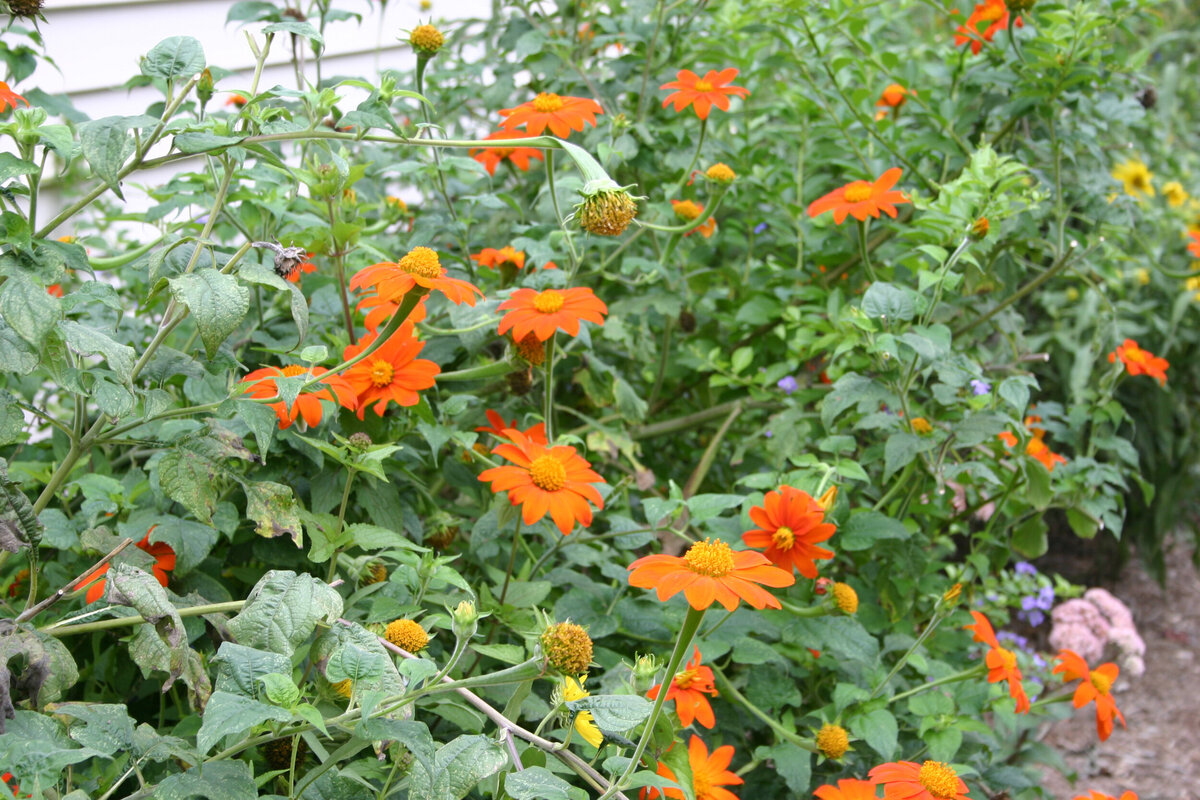Home>Types of Gardening>Ornamental Gardening>When Your Orchid Stops Blooming


Ornamental Gardening
When Your Orchid Stops Blooming
Modified: January 22, 2024
Discover what to do when your orchid stops blooming in this comprehensive guide to ornamental gardening. Learn how to care for your orchid and encourage it to bloom again.
(Many of the links in this article redirect to a specific reviewed product. Your purchase of these products through affiliate links helps to generate commission for Chicagolandgardening.com, at no extra cost. Learn more)
Table of Contents
Introduction
Welcome to the enchanting world of ornamental gardening, where the allure of orchids reigns supreme. Orchids, with their exquisite blooms and captivating beauty, have long been cherished as symbols of love, luxury, and elegance. As a gardener, witnessing the graceful blossoming of these delicate flowers can be a truly rewarding experience. However, there may come a time when your cherished orchid ceases to bloom, leaving you perplexed and eager to rekindle its floral splendor.
In this comprehensive guide, we will delve into the intricacies of the orchid blooming cycle, unravel the common reasons behind their cessation of blooming, and explore the strategies to encourage these majestic flowers to bloom once again. Whether you are a novice orchid enthusiast or a seasoned gardener, understanding the nuances of orchid blooming is essential for nurturing these extraordinary plants to their full potential.
So, if you find yourself pondering the enigma of why your orchid has stopped blooming, fear not. By the end of this journey, you will be equipped with the knowledge and insights to embark on a blooming revival, ensuring that your orchids grace your living space with their resplendent flowers time and time again.
Understanding the Orchid Blooming Cycle
Before delving into the reasons behind an orchid’s cessation of blooming, it’s essential to comprehend the intricate blooming cycle of these captivating flowers. Orchids, known for their diverse and stunning array of blooms, adhere to a natural rhythm that governs their flowering patterns. Understanding this cycle is pivotal in deciphering the behavior of your orchid and nurturing it accordingly.
Orchids typically undergo a distinct blooming cycle, consisting of a blooming phase, a resting phase, and a budding phase. During the blooming phase, the orchid produces spectacular flowers that adorn its slender stems, captivating admirers with their vibrant hues and intricate patterns. This phase is characterized by the full splendor of the orchid’s blooms, often lasting for several weeks, depending on the orchid species.
Following the blooming phase, the orchid enters a resting phase, during which it redirects its energy towards strengthening its roots and foliage. This period is crucial for the orchid’s overall health and vitality, as it prepares the plant for the subsequent blooming cycle. While in the resting phase, the orchid may appear dormant, with limited floral activity, as it focuses on internal growth and rejuvenation.
Subsequently, the orchid progresses into the budding phase, where it exhibits signs of new growth, such as the emergence of fresh flower spikes or nodes. This phase heralds the impending return of the blooming phase, symbolizing the orchid’s readiness to grace its surroundings with a new profusion of blooms.
By comprehending the nuances of the orchid blooming cycle, you gain valuable insights into the natural ebb and flow of these exquisite flowers. This understanding forms the foundation for effectively addressing the cessation of blooming and implementing strategies to encourage your orchid to embark on a flourishing blooming cycle once more.
Common Reasons Orchids Stop Blooming
When your once-flourishing orchid ceases to bloom, it can be disheartening. However, this natural occurrence can be attributed to several common reasons, each offering valuable insights into the needs and preferences of these remarkable plants.
- Environmental Factors: Orchids are highly sensitive to their environment, and changes in light, temperature, or humidity levels can disrupt their blooming cycle. Inadequate light, extreme temperatures, or excessively dry or humid conditions can all contribute to a halt in blooming.
- Pot-Bound Roots: Over time, orchids may outgrow their pots, leading to overcrowded and compacted roots. This constriction impedes the plant’s ability to absorb nutrients and moisture, resulting in diminished blooming.
- Inadequate Nutrition: Orchids require specific nutrients for optimal growth and blooming. A deficiency in essential nutrients, particularly nitrogen, phosphorus, and potassium, can hinder the plant’s ability to produce vibrant blooms.
- Improper Watering: Overwatering or underwatering can have detrimental effects on orchids, causing stress and disrupting their blooming cycle. Inconsistent watering schedules or waterlogged roots can lead to blooming irregularities.
- Insufficient Rest Period: Orchids need a period of rest to recharge and prepare for their next blooming cycle. Without an adequate resting phase, the plant may struggle to initiate new flower spikes and blooms.
Recognizing these common reasons for orchids ceasing to bloom empowers you to assess and address the specific needs of your plant. By identifying the underlying factors contributing to the interruption in blooming, you can implement targeted strategies to rejuvenate your orchid and reignite its propensity for producing stunning blossoms.
How to Encourage Reblooming
Reviving your orchid’s blooming cycle is a gratifying endeavor that involves attentive care and strategic interventions. By employing the following techniques, you can create an optimal environment for your orchid to thrive and embark on a rejuvenated blooming journey.
- Assess and Adjust Lighting: Evaluate the light conditions in your orchid’s environment, ensuring that it receives adequate but indirect light. East or west-facing windows often provide ideal lighting for orchids, while shielding them from harsh midday sun.
- Repotting and Root Care: If your orchid’s roots appear overcrowded or constrained, consider repotting it in a larger container with well-draining orchid mix. Trim any damaged roots and provide ample space for new growth to facilitate nutrient absorption and support blooming.
- Nutrient-Rich Feeding: Administer a balanced orchid fertilizer at half strength every two weeks during the growing season to supplement essential nutrients. This nourishment supports robust foliage and encourages the development of new flower spikes.
- Precise Watering Regimen: Establish a consistent watering routine, allowing the orchid’s growing medium to approach dryness between watering sessions. Avoid water accumulation in the pot and ensure proper drainage to prevent root rot.
- Rest and Rejuvenation: Provide your orchid with a rest period by reducing fertilization and moderating watering during the dormant phase. This allows the plant to recuperate and accumulate energy for the upcoming blooming cycle.
- Temperature and Humidity Management: Maintain moderate temperatures and humidity levels, mimicking the orchid’s natural habitat. Avoid abrupt temperature fluctuations and protect the plant from drafts or excessively dry air.
By implementing these proactive measures and fine-tuning your care routine, you can create an environment that encourages your orchid to reinitiate its blooming cycle. Patience, attentiveness, and a deep understanding of your orchid’s specific requirements are key in fostering a flourishing and continuous display of resplendent blooms.
Conclusion
As you navigate the intricate realm of orchid care and cultivation, the cessation of blooming may initially pose a perplexing challenge. However, armed with a deeper understanding of the orchid blooming cycle and the common factors influencing blooming irregularities, you are well-equipped to embark on a journey of revival and rejuvenation for your cherished orchids.
By recognizing the significance of environmental factors, root health, nutrition, watering practices, and the rest period in the orchid’s blooming cycle, you gain valuable insights into the nuanced needs of these extraordinary plants. This awareness enables you to tailor your care regimen to address the specific requirements of your orchid, creating an environment conducive to blooming resurgence.
As you endeavor to encourage reblooming, remember that patience and attentiveness are essential virtues. Embrace the opportunity to fine-tune your care practices, adjust the orchid’s environment, and provide the nurturing support needed for your orchid to thrive. With each deliberate intervention and thoughtful adjustment, you are fostering the potential for your orchid to grace your surroundings with a renewed profusion of exquisite blooms.
Ultimately, the journey of encouraging reblooming is a testament to the enduring bond between gardener and plant, a harmonious partnership rooted in care, understanding, and the shared delight of witnessing nature’s resplendent beauty. As you embark on this endeavor, may your orchids flourish once more, infusing your space with their timeless elegance and captivating allure.





